 1976 Audi 80 (B1, Typ 82) Dimensions, Size & Specs
1976 Audi 80 (B1, Typ 82) Dimensions, Size & SpecsMeasurements of the 1976 Audi 80, engineered for optimal performance and comfort
| Dimensions | |
|---|---|
| Length: | 4245 mm167.1 in13.9 ft |
| Width: | 1600 mm63.0 in5.2 ft |
| Height: | 1360 mm53.5 in4.5 ft |
| Trunk Capacity: | 432 liter15.3 cu ft |
| Weight Specifications | |
| Curb Weight: | 845-870 kg1863-1918 lbs |
| Maximal permitted Weight: | 1280-1300 kg2822-2866 lbs |
| Tire Specifications | |
| Rims Size: |
|
| Tire Size: |
|
The Audi 80 B1 (Typ 82) is a classic compact sedan produced from 1976 to 1978. Representing Audi's approach to practical and lightweight vehicle design in the late 1970s, this generation offers refined dimensions and functional utility. Measuring 4245 mm (167.1 inches) in length, 1600 mm (63.0 inches) in width, and 1360 mm (53.5 inches) in height, the Audi 80 B1 presents a balanced footprint tailored for urban and suburban driving environments. The curb weight ranges from 845 to 870 kilograms (1864 to 1918 pounds), emphasizing a lightweight construction that aids fuel efficiency and agile handling. Maximum weight capacity lies between 1280 and 1300 kilograms (2822 to 2866 pounds), ensuring ample load tolerance. With a spacious luggage compartment of 432 liters (15.25 cubic feet), the Audi 80 B1 sedan offers practical storage space suitable for everyday needs and longer trips. The vehicle rides on 13-inch rims, paired with tires sized 175/70 R13, contributing to stable road handling and a comfortable ride. This generation of the Audi 80 is notable for combining classic compact sedan practicality with engineering focused on lightweight performance and functionality, making it a relevant choice for enthusiasts interested in 1970s European automotive design.
Discover the standout features that make the 1976 Audi 80 a leader in its class
Have a question? Please check our knowledgebase first.
The Audi 80 (B1, Typ 82) produced between 1976 and 1978 has a length of 4245 mm (approximately 167.1 inches), a width of 1600 mm (62.99 inches), and a height of 1360 mm (53.54 inches). These dimensions highlight its compact and streamlined sedan design suited for urban and suburban driving environments.
The curb weight of the Audi 80 (B1, Typ 82) ranges from 845 to 870 kg (about 1863 to 1918 lbs). This relatively light weight contributes to nimble handling, better fuel efficiency, and quicker acceleration compared to heavier cars of its era. Its light curb weight also makes it easier to maneuver in tight city spaces.
The maximum weight (gross vehicle weight rating) for this generation of Audi 80 is between 1280 and 1300 kg (roughly 2822 to 2866 lbs). This figure includes passengers, cargo, and fuel. Staying within this limit is crucial for safety, optimal vehicle performance, and to avoid excessive strain on the suspension and brakes.
The Audi 80 (B1) offers a trunk capacity of 432 liters, which is about 15.25 cubic feet. This capacity is quite practical for a compact sedan of the 1970s, allowing enough room for typical daily use, small family trips, or grocery shopping, making it a sensible choice for versatile transport needs.
This Audi 80 model uses 13-inch rims fitted with 175/70 R13 tires. The relatively smaller rim size combined with moderately wide tires strikes a balance between comfort and handling. This tire sizing improves ride softness over bumps while maintaining adequate road grip and steering responsiveness.
Yes, the Audi 80 (B1) should comfortably fit into a standard garage. With a length of 4245 mm (167.1 inches or about 13.94 feet), a width of 1600 mm (62.99 inches or roughly 5.25 feet), and a height of 1360 mm (53.54 inches or about 4.46 feet), it fits well within typical garage dimensions, which generally accommodate vehicles up to around 5 meters in length and 2.5 meters in width.
The Audi 80 (B1, Typ 82) effectively was the first generation of the Audi 80; thus, it doesn’t have a predecessor under the same model line. However, it was a successor to the earlier Audi F103 series. Compared to those, the B1 featured more compact dimensions suited for a modern sedan format and improved styling. Its size and weight balanced urban maneuverability with sufficient interior space.
The Audi 80 (B1) sits comfortably within the compact sedan category of the late 1970s. Compared to cars like the BMW 3 Series E21 or Mercedes-Benz 190 (W201 that came later in 1982), it is slightly shorter and narrower but maintains competitive height and luggage capacity. Its lightweight construction and smaller footprint made it an efficient choice compared to larger midsize sedans from that era.
The Audi 80 (B1, Typ 82) is recognized for its conservative yet functional design, reflecting 1970s European styling trends with clean lines and a practical sedan body. Mechanically, it was known for front-wheel drive and efficient engine options, contributing to its reputation as a reliable, economical, and driver-friendly compact car. Its lightweight construction emphasizes agility and fuel economy.
The Audi 80 B1 comes with 13-inch wheels fitted with 175/70 R13 tire specification. Smaller wheels generally result in lower tire replacement costs and easier availability, especially for vintage or classic models. However, maintaining proper tire pressure and alignment is crucial to optimize performance, ensure safety, and prolong tire life given the vehicle's lightweight and compact design.
Discover similar sized cars.
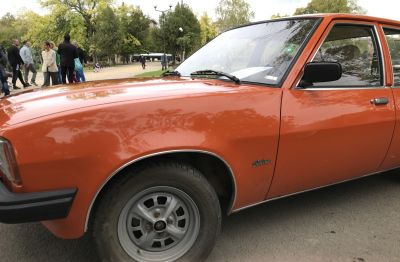
| Model Year: | 1979 |
|---|---|
| Length: | 4321 mm170.1 in |
| Width: | 1670 mm65.7 in |
| Height: | 1380 mm54.3 in |
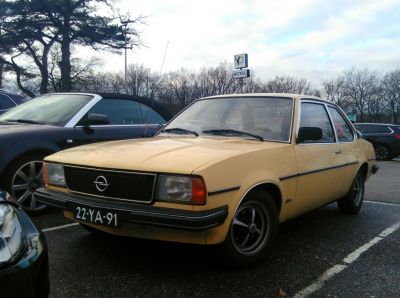
| Model Year: | 1976 |
|---|---|
| Length: | 4321 mm170.1 in |
| Width: | 1670 mm65.7 in |
| Height: | 1380 mm54.3 in |
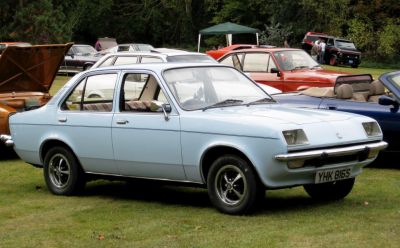
| Production: | 1975-1985 |
|---|---|
| Model Year: | 1975 |
| Length: | 4188 mm164.9 in |
| Width: | 1570 mm61.8 in |
| Height: | 1313 mm51.7 in |
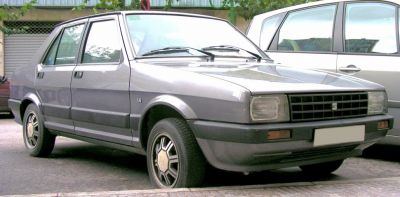
| Production: | 1984-1991 |
|---|---|
| Model Year: | 1985 |
| Length: | 4275 mm168.3 in |
| Width: | 1650 mm65.0 in |
| Height: | 1390 mm54.7 in |
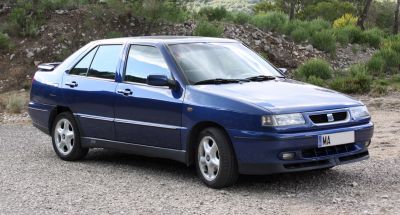
| Production: | 1995-1999 |
|---|---|
| Model Year: | 1995 |
| Length: | 4321 mm170.1 in |
| Width: | 1662 mm65.4 in |
| Height: | 1424 mm56.1 in |
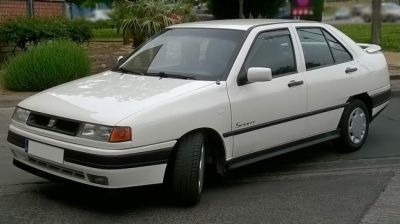
| Production: | 1991-1995 |
|---|---|
| Model Year: | 1991 |
| Length: | 4321 mm170.1 in |
| Width: | 1662 mm65.4 in |
| Height: | 1424 mm56.1 in |
